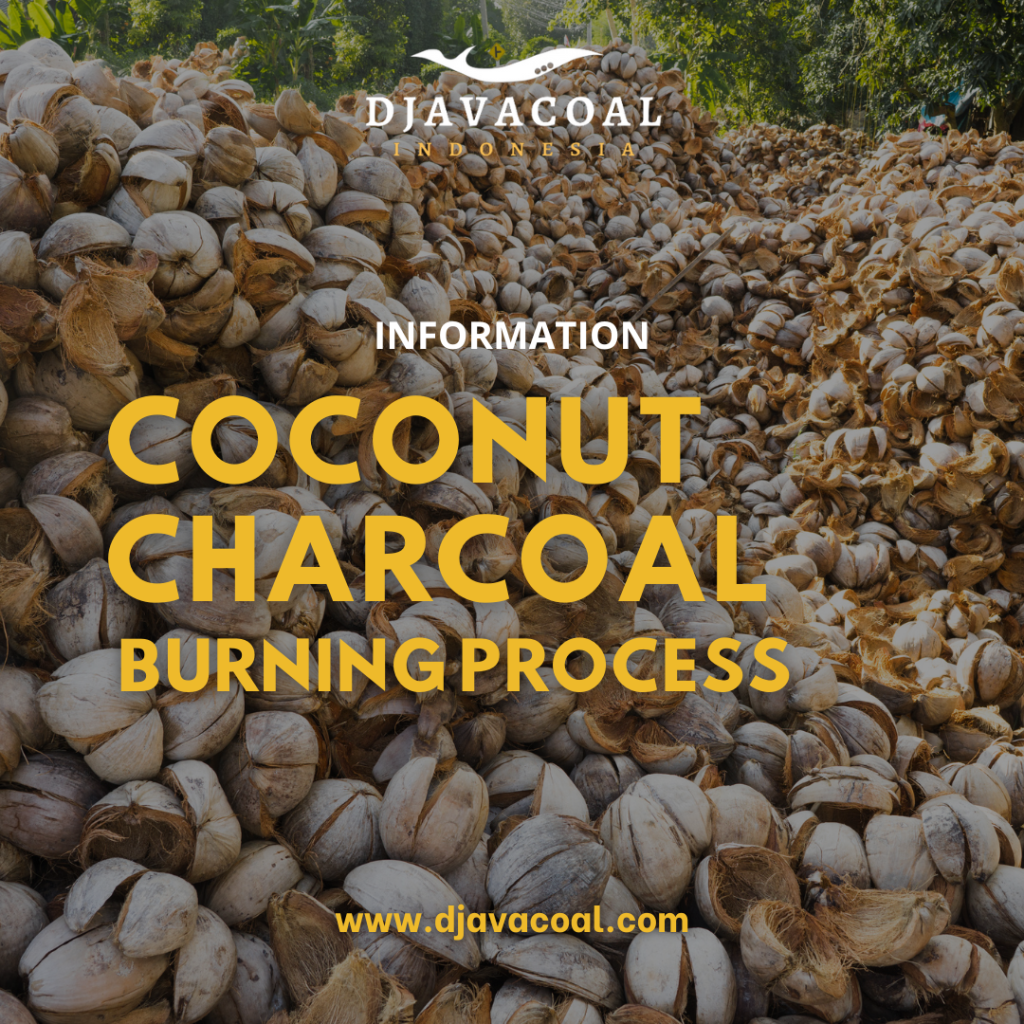
Making coconut shell charcoal involves converting coconut shells into charcoal through a controlled carbonization process. Below are the steps to produce coconut shell charcoal effectively:
1. Collection and Preparation of Coconut Shells
- Select Quality Shells: Collect dry and mature coconut shells without husk. Avoid shells with moisture or contaminants like dirt.
- Clean the Shells: Remove any residue or fiber sticking to the shells.
- Crush or Break Shells (Optional): Break the shells into smaller pieces to ensure even carbonization, especially for industrial processes.
2. Drying
- Sun Drying: Lay the coconut shells out in the sun to reduce their moisture content, making the carbonization process more efficient.
- Artificial Drying: Use dryers if natural sunlight is unavailable.
3. Carbonization Process
The carbonization process involves heating the coconut shells in an oxygen-limited environment to convert them into charcoal. There are two main methods:
a. Traditional Pit Method
- Dig a Pit: Create a pit in the ground to serve as a kiln.
- Layer the Shells: Place the coconut shells in the pit and cover them with dry leaves, sand, or soil.
- Ignite the Shells: Light the shells from one side and allow them to smolder.
- Monitor Burning: Restrict oxygen to avoid full combustion. Cover any visible flames immediately with soil.
- Cool Down: Once carbonization is complete, allow the pit to cool before removing the charcoal.
b. Modern Kiln Method
- Load the Shells: Place the coconut shells into a charcoal kiln or drum designed for carbonization.
- Heat Gradually: Begin heating the shells at a low temperature, gradually increasing to around 400–600°C (750–1112°F).
- Monitor and Control: Use vents to control airflow, ensuring the shells char without burning.
- Cool and Collect: After carbonization, let the charcoal cool inside the kiln before removing it to prevent oxidation.
4. Sieving and Grinding (Optional)
- Sieving: Remove any uncarbonized pieces or impurities by sieving the charcoal.
- Grinding: Grind the charcoal into a powder or smaller granules if required for specific uses, like briquettes.
5. Storing the Charcoal
- Store the charcoal in airtight containers or bags to prevent moisture absorption.
- Keep it in a dry, cool place to preserve its quality.
6. (Optional) Briquetting
- Mix the powdered charcoal with a binding agent (like starch or clay) and press it into briquettes for uniform size and better burning efficiency.
Safety Tips
- Ensure proper ventilation during carbonization to avoid the accumulation of harmful gases.
- Wear protective gear to handle heat and smoke safely.
By following these steps, you can produce high-quality coconut shell charcoal suitable for fuel, activated carbon, or other industrial applications.


